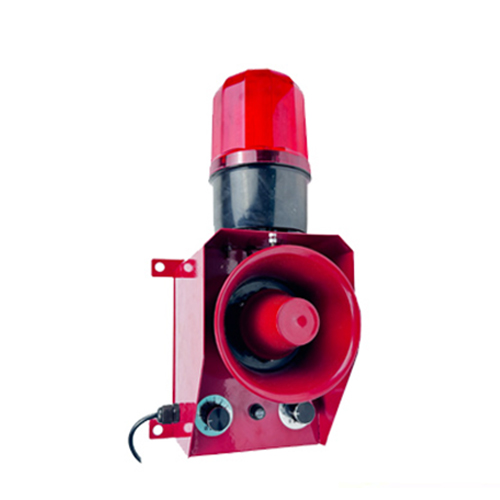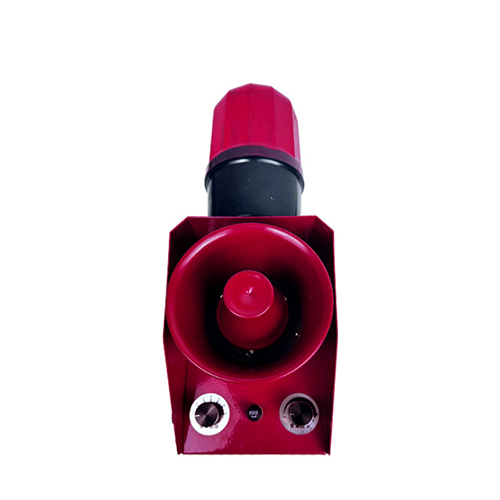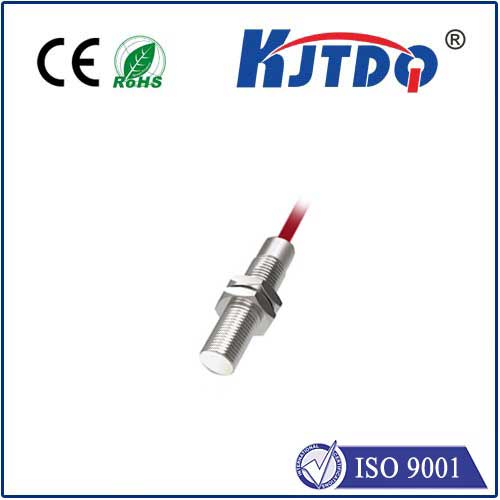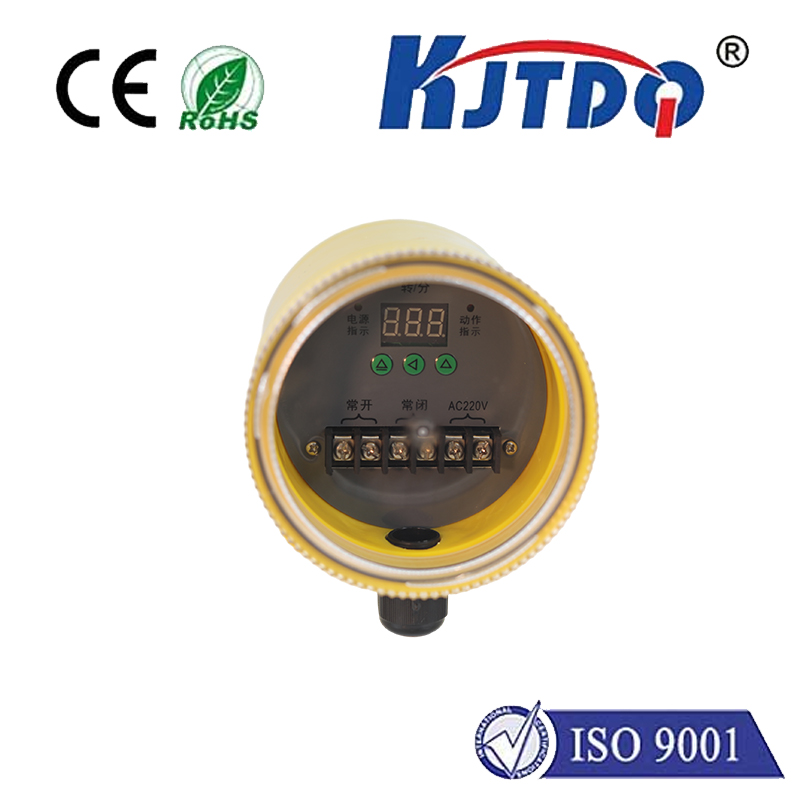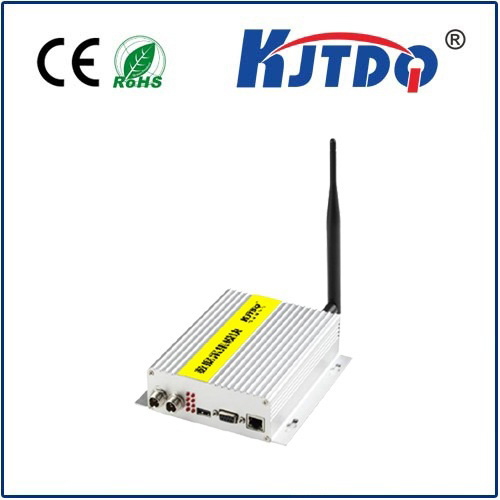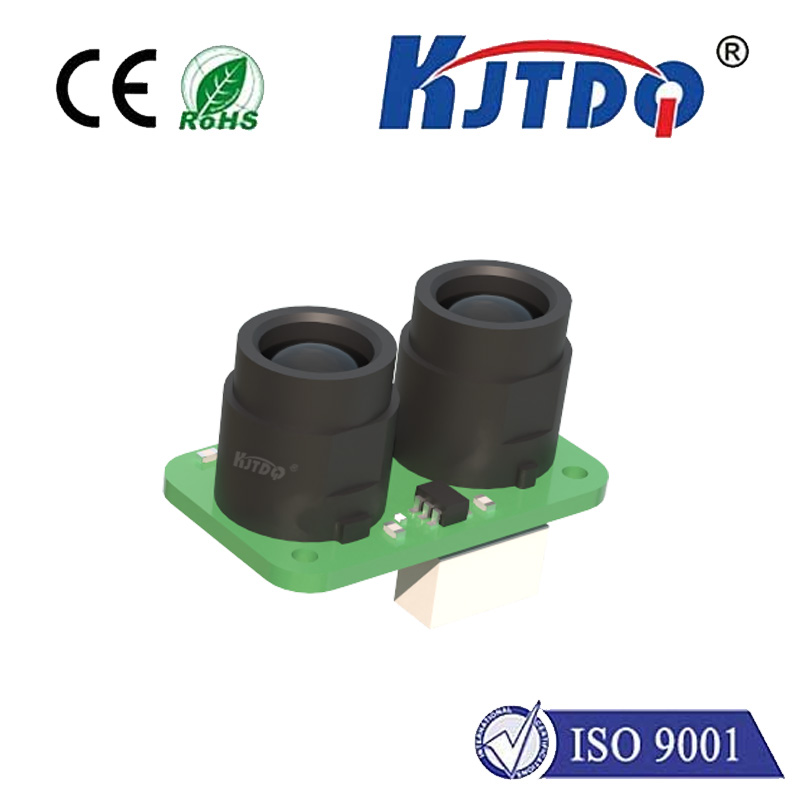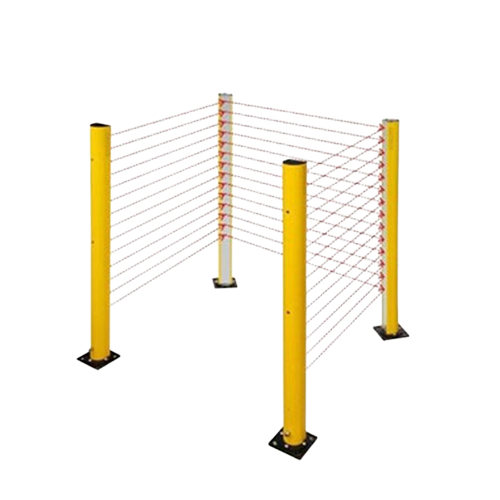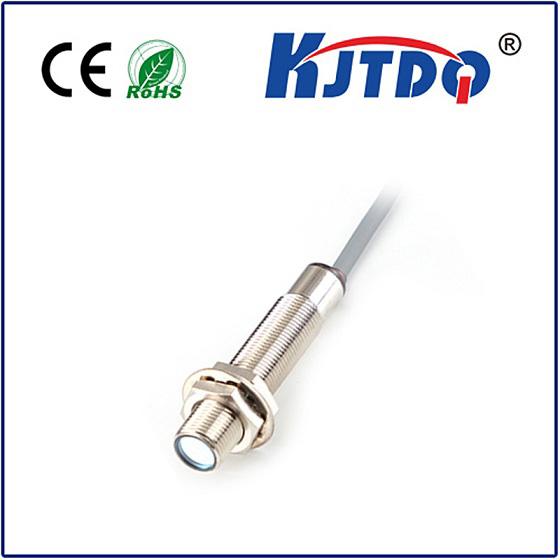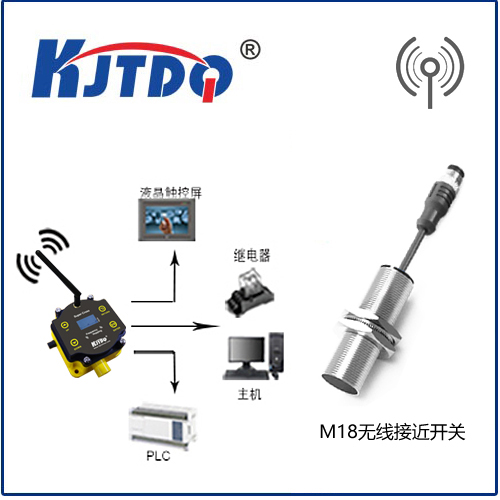

check

check

check

check

check

check

check

check

check

check

In the realm of technology, there’s a hidden hero that often goes unnoticed. This unseen champion is the fiber sensor. Small in size yet immense in impact, these devices are revolutionizing various industries with their precision, sensitivity, and versatility. A fiber sensor, at its core, is a device that converts optical signals into measurable data. They work by transmitting light through a thin strand of fiber, which then interacts with the environment around it. When the light hits the other end of the fiber, it has been altered in some way - either through a change in intensity, wavelength, or phase. By analyzing these changes, scientists and engineers can gather critical information about the surrounding environment. One of the most significant advantages of fiber sensors is their ability to provide real-time monitoring. Unlike traditional sensors that require physical contact with the object being measured, fiber optic sensors can operate remotely. This makes them ideal for use in hazardous environments where direct human intervention would be dangerous or impractical. The applications of fiber sensors are vast and varied. In medicine, they are used to monitor patient vital signs such as heart rate and blood pressure without the need for invasive procedures. In industrial settings, they help to detect defects in materials and machinery before they become major issues. Even in our everyday lives, fiber sensors play a role - from monitoring the quality of our food to improving the security of our homes and offices. But perhaps the most exciting potential use of fiber sensors lies in the field of environmental monitoring. As climate change continues to pose a threat to our planet, these tiny devices offer a powerful tool for tracking changes in weather patterns, sea levels, and even volcanic activity. By providing accurate and up-to-date information, fiber sensors can help us better understand and respond to the challenges facing our world. In conclusion, the fiber sensor is a small but mighty tool that is transforming the way we interact with the world around us. Its ability to provide real-time data, coupled with its versatility and sensitivity, make it an indispensable tool for scientists, engineers, and everyday people alike. As we continue to unlock its full potential, who knows what other amazing applications we will discover? One thing is for sure - the future of fiber sensors looks bright.
